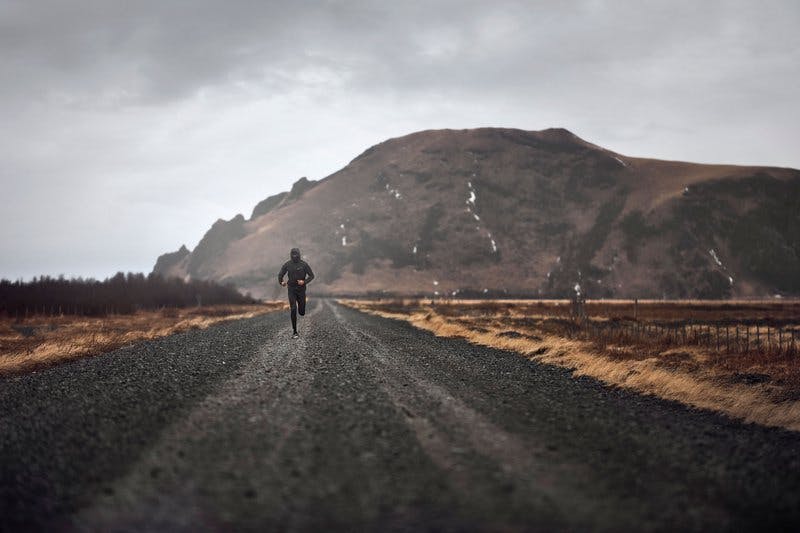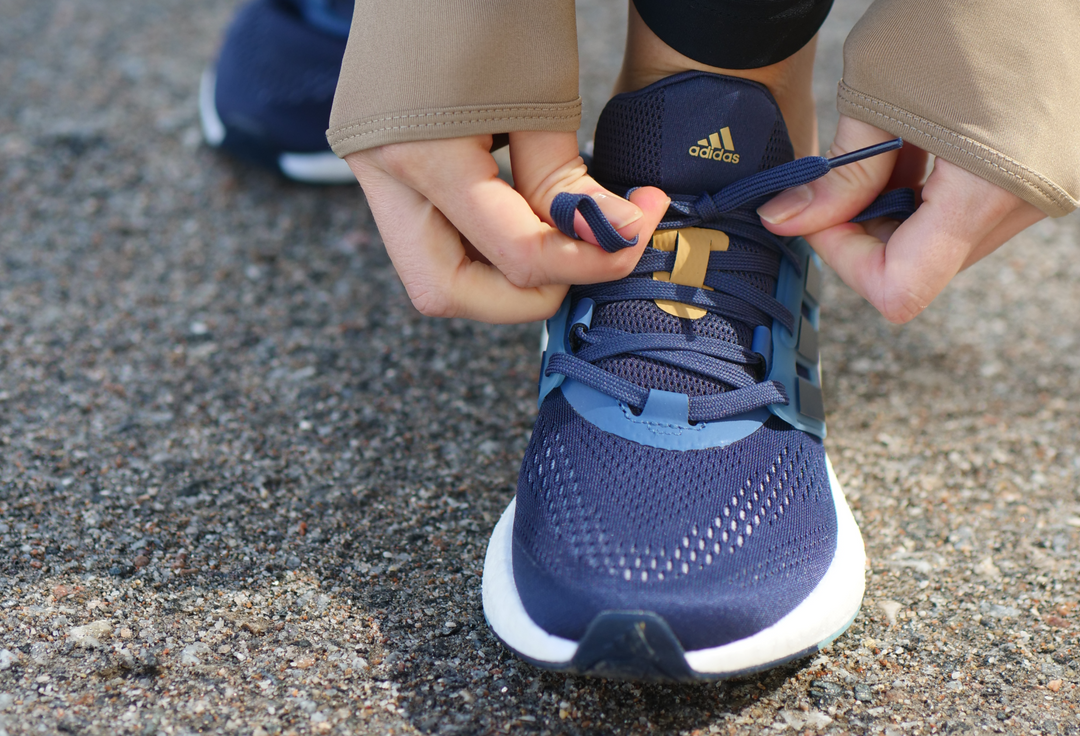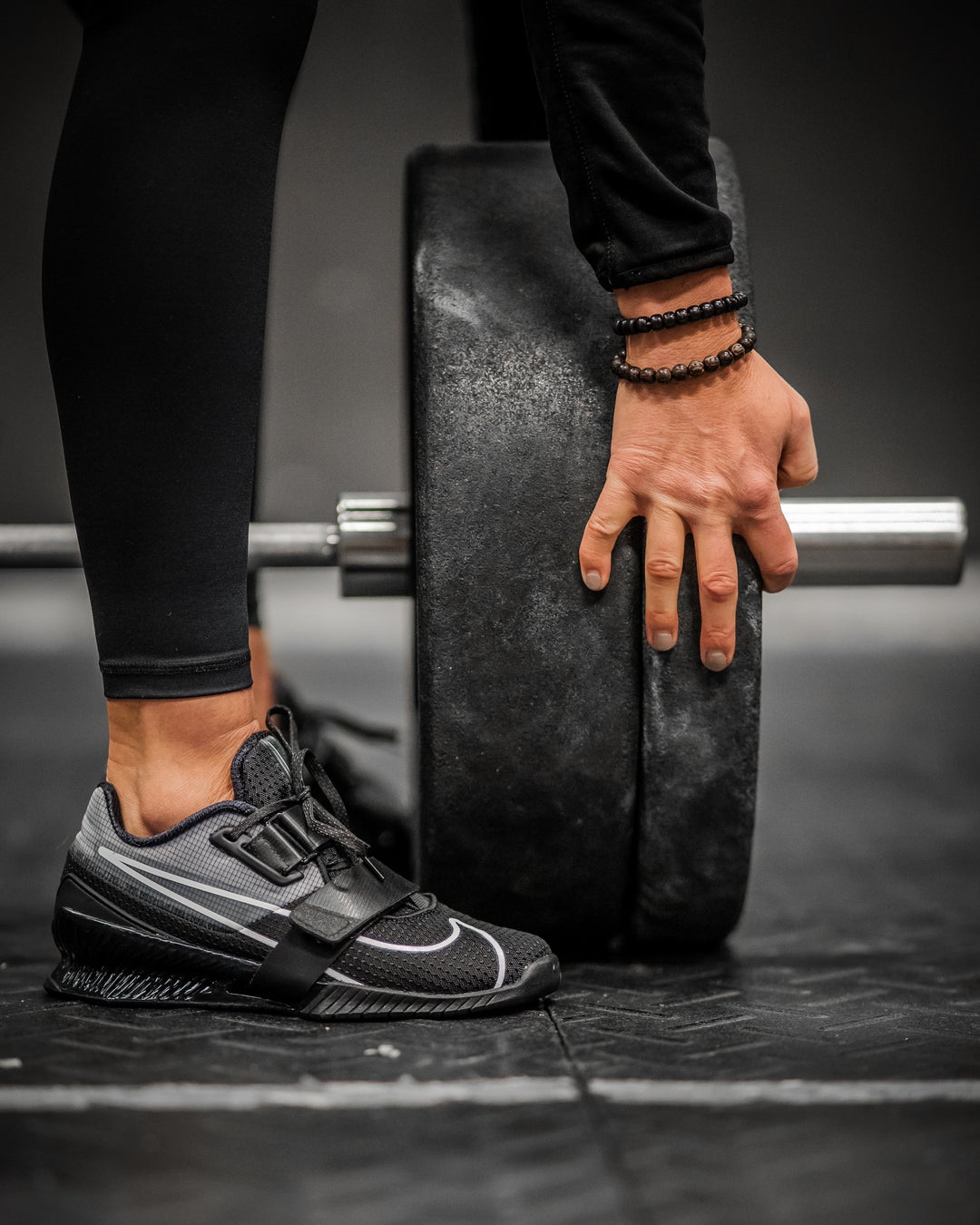How to dress for running in rain, wind, snow and cold weather
Are there any benefits to running when the skies open up? It's not always easy to know the best way to deal with different weather conditions - but the weather expert from Craft knows!
There is no such thing as bad weather, only bad clothes. In fact, it's true! The right equipment, clothes and shoes are essential if you want to run in all kinds of weather. Malin Caron works as a Concept Designer at Craft and knows all about how to dress to be able to perform at your best while running - regardless of the weather.
Running in the rain can be great - but what should I do?
- If it's not just drizzling, but actually raining pretty hard: choose a rain jacket. Of course, you should choose one that is adapted for running, i.e. with ventilation openings and mesh in the right places. Otherwise, you'll get wet and sweaty inside because there's nowhere for the moisture to go. You don't want to feel like you have a plastic bag next to your body," says Malin Caron and continues:
- It can be nice to have a hood on your rain jacket, or run in a cap. Then you avoid the rain running into your eyes. On the legs, I recommend regular tights if it's not very cold outside, then a pair of tights designed to absorb moisture may be better. On the feet, synthetic socks are best, as cotton socks attract water and retain it in the fabric.
What should I do if I'm running in the wind?
- Of course, it can be nice to have a windbreaker that absorbs a lot of wind. But think about the temperature you are running in. If it's reasonably warm, around 10 degrees, you can go for a jacket with wind-resistant fabric at the front but which is more open at the back. In colder temperatures, synthetic base layers are good to wear underneath. On your legs, you can wear either tights with windproof fabric, or if it's even colder: frayed tights with windproof fabric. Running in windy weather is tough, but remember that you get more exercise if you run against the wind!
 Layering is smart when running in wet or cold weather.
Layering is smart when running in wet or cold weather.
What should I do if I'm running in snow?
- Here's the answer: layer upon layer. Build up how warm you want it to be with different layers. The most common mistake many people make is to dress too warmly before going out. It should feel a little too cold before you get started and warm up, says Malin Caron and continues:
- "Underwear is good here too, as well as a jacket that is a little warmer. One tip is that you can also wear two base layers and a thinner jacket over them. If it's icy, studded shoes are preferable. Wear thin wool socks in your shoes, they are good for regulating heat.
What are the advantages of running in snow for those who prefer not to run?
- It's fresh and sparkling outside! You get fresh air in your lungs and if you run during the day, you get the necessary dose of sunlight and D-vitamin that we all crave in the winter.
Okay, but what about running in really cold weather, how do I do that?
- Think more layers, double base layers, thicker jacket, and maybe shorts or a padded skirt for girls over the tights. It's on the thighs that you usually get cold, so an extra layer can be useful there. Don't forget a hat and a pair of thin mittens. Sweaters with thumbholes on the sleeves can be rolled up or down to cool or warm the body effectively. Wool socks and a pair of running shoes that are not "open", meaning that the upper is entirely made of mesh, are preferable. Think of them as being more opaque than usual.
Is there a pain threshold in the number of degrees below zero for when it becomes dangerous to run?
-The most important thing is that you listen to your body. Going out in 20 degrees below zero when you are a little coughing is perhaps not so smart. Use common sense!
READ MORE: Best compression socks for running
SHOP HERE: All clothing, shoes and equipment for running
SHOP HERE: Our selection from Craft







